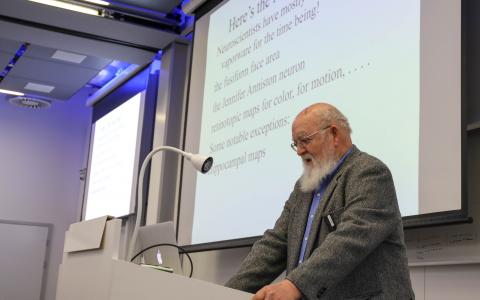
Collective Cognitive Capital: Using brain and behavioural science to evaluate public policy
An interview with Professor Emily Murphy, University of California Hastings College of the Law conducted by April Cashin-Garbutt
“It is good for human flourishing when our collective brains work well and together.” These thought-provoking words by Professor Emily Murphy opened the SWC Lecture 2022. In this public lecture, the first at SWC since the start of the pandemic, Professor Murphy spoke about a simple but radical idea she calls Collective Cognitive Capital: that we can and should be using brain and behavioural science to evaluate public policy decisions by how they affect the cognitive and emotional functioning of the people. In the following Q&A, Professor Murphy shares her personal journey from behavioural neuroscience to law; the development of the Collective Cognitive Capital framework, and the impact she hopes this research will have on public policy.
Live illustration by Alex Cagan
What first sparked your interest in how brain and behavioural science should influence law, society and policy?
The origins of this interdisciplinary interest go back to a course I took as a final year undergraduate, which was taught jointly between the Psychology department and the Law school and asked this very forward-looking question of ‘if we could perfectly understand human behaviour, what would be the result for law?’
The enterprise of behavioural science focuses on human behaviour and that is ultimately what law is concerned with too – incentivising, regulating, and making decisions about human behaviour. Law is the self-binding governance that we impose upon ourselves as a society and at its most fundamental level, human behaviour is the object of law. However, the tools that the two disciplines use are extremely different. In part, this is because the purpose is very different: law needs to make pragmatic decisions and express societal values, whereas science aims to explore and greater understanding.
I have a long-standing commitment to the idea that there is productive enterprise to be gained from trying to find points of contact between the two. This comes from a place of optimism, both about science and the fundamental purpose of law, that we can continue to make the human condition better and we can do so in increasingly sophisticated ways.
Can you tell us more about your personal journey and your transition from behavioural neuroscience to law?
Following my undergraduate degree where I took this course, I embarked on a PhD in behavioural neuroscience. During my PhD a couple of things happened: one is that I was reading outside of the lab about the emerging field of neuroethics, and secondly I developed a very severe allergy to lab rats that I was working with.
I was able to complete my PhD work but I couldn’t keep working with rats for a postdoctoral position. And so I had to think about whether I wanted to train to do a different type of methodology, such as molecular or imaging work. But I had also been thinking about the books I had read that had made me much more interested in interdisciplinary work.
I happened to meet the right people at the right time. I met Judy Illes at SfN, who is a pioneer in the field of neuroethics and she offered me postdoctoral position learning to do neuroethics. It was a leap of faith, an unorthodox turn, which was definitely set in motion by my rat allergy.
Around the same time, I also met some other people such as Stephen Morse, a law Professor at the University of Pennsylvania, who had thought a lot about whether free will is a necessary component for criminal law. We had a coffee in New York and he said that I should study for either a PhD in philosophy or a law degree.
While I was working with Judy at Stanford, I met Hank Greely who offered me a position at the Center for Law and the Biosciences in the Law School, which was like a postdoctoral position, usually for post JD law degree folks who want to go on to do legal academic research, but it was very interdisciplinary. I think I was the first non-JD student they had.
At the same time, the MacArthur Foundation funded their Research Network on Law and Neuroscience, largely spurred by these criminal responsibility and addiction questions, and I was able to get a postdoctoral position there. It was here I met the great spectrum of folks interested in these interdisciplinary questions but who were domain-specific in philosophy, law and neuroscience.
It was a fascinating few years of working out a common language of how to speak to one another about concepts. A lot of that work is still ongoing but from a career perspective, it convinced me that law professors, in the spectrum of US academia, have a uniquely excellent opportunity for autonomy and a broad scope of interests. They also came to the table with an analytical skillset that I really wanted to have, so I decided to go to law school.
I applied and was fortunately admitted to Stanford so I stayed there and had the full law student experience, which is a 3-year postgraduate degree in the US. It was interesting as it was very different from scientific education that I’d had. It was fun to experience both learning, in terms of law and legal analysis, but also as a meta-cognitive exercise of how people are trained to think like lawyers. It is often said that lawyers have a unique way of thinking and that it is very hard for non-lawyers to understand what it is to think like a lawyer. There is definitely an experiential element to learning legal analytical skills, but I was also exposed to legal academia and different strains of legal theory and critical legal thought, which inform my work now.
When I came out of law school, I had many opportunities and so I decided to clerk for a judge on the US Court of Appeals for the Ninth Circuit (the Circuit courts are just below the Supreme Court) and that was a career highlight for me. Law clerks help judges with research on cases and draft orders and opinions. It is an extremely intense and intimate work environment. The positions are for a year at a time, so it is kind of like a postdoc where the judges are in it for the long haul and the clerks are there for the intensive sprints of work. My judge was amazing and interested in hiring people with academic interdisciplinary interests.
Then I joined a law firm in Los Angeles and practiced commercial law and also did lots of pro bono work. I wanted to gain that experience in practicing law and I am glad that I did, but then I was also happy to return to academia after a couple of years. I was itching to get back to big questions.
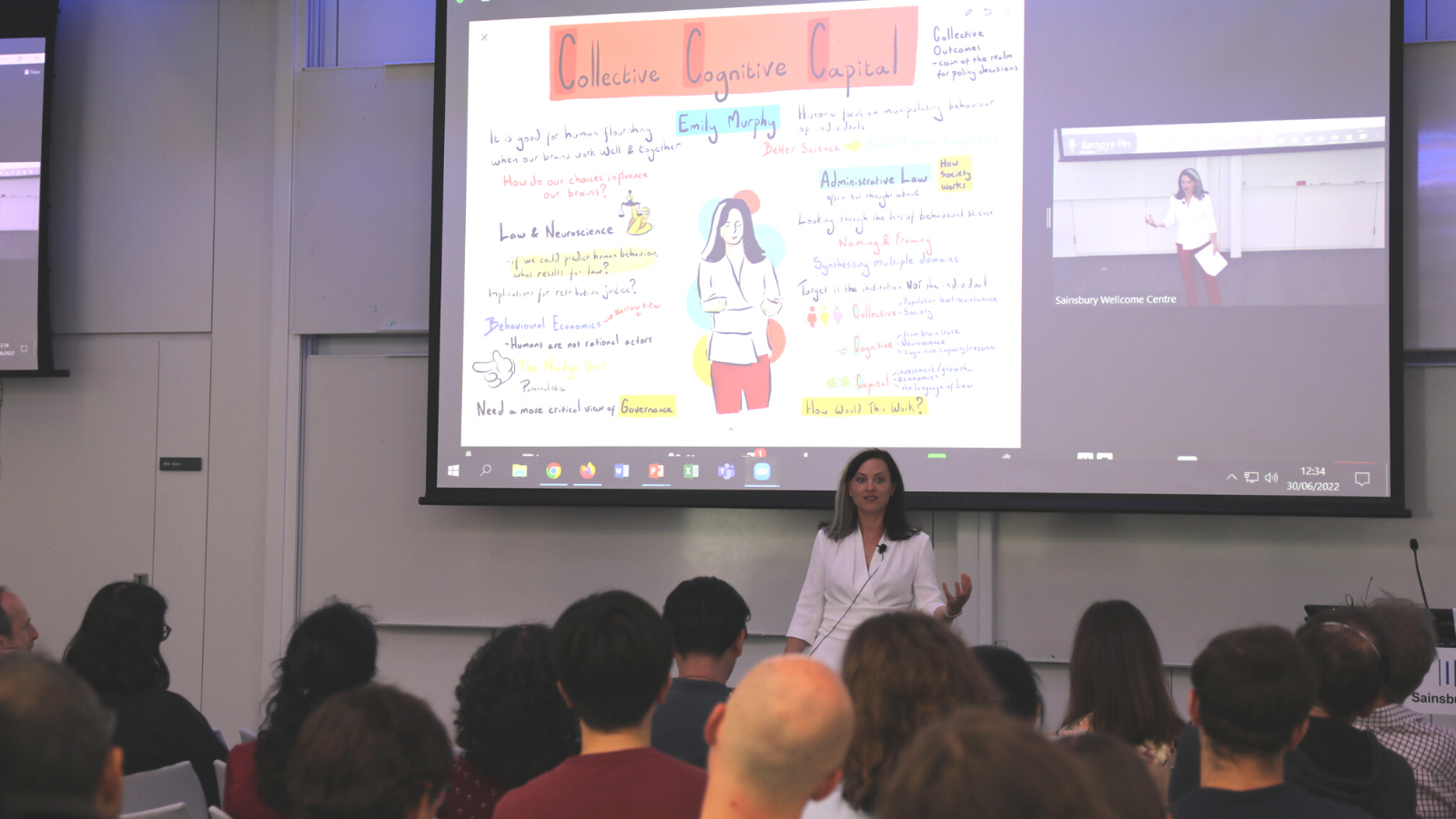
Live illustration by Alex Cagan
Why have “behavioural economics” and “nudging” dominated the policy domain in recent years?
There is something about behavioural economics and nudging that is intuitively appealing as it lends itself to fairly concrete implementable solutions. There was the extremely popular book Nudge, but it is hard to say why then as opposed to earlier, because the core ideas from behavioural economics have been around longer.
Why did it become politically popular in recent years? I think it does fit in well with the idea that we can empower individuals to make their own choices but within a framework in which we have certain types of outcomes that we think are better for them.
In what ways are nudges limited?
I think they are critically limited in imagining what the system would be like if a different set of goals were prioritised. Many people have written about how nudges are limited because they don’t affect everyone, for example those who have preferences that go against them are not going to be nudged. Nudges are also limited because we are still making guesses about people’s true preferences.
Nudges have all kinds of conceptual as well as pragmatic limitations in terms of how effective they are, but I think the critique I am interested in is whether this is even the system we should be nudging people into in the first place. That framework just doesn’t exist.
How do you define “Collective Cognitive Capital”?
The highest-level definition is that Collective Cognitive Capital is a conceptual framework for synthesizing brain and behavioural data and using it to assess the impacts of policy choices. We can and should use behavioural science to evaluate public policy decisions by how they affect the cognitive, emotional, brain functioning of the people collectively.
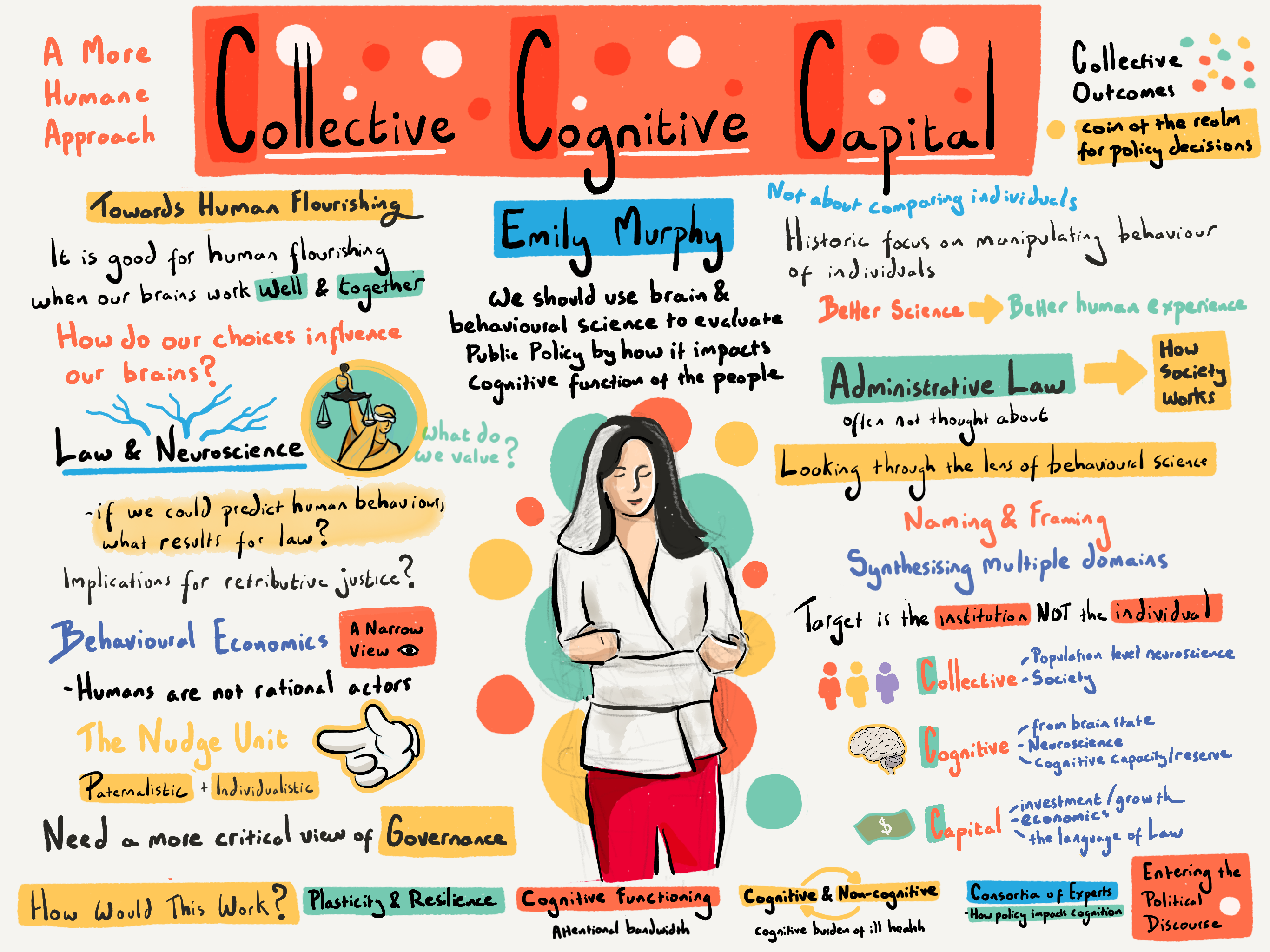
Image credit: Alex Cagan
What impact do you think this conceptual framework can have on policy choices?
I think conceptual frameworks are generally very important. For example, nudging is a conceptual framework, the idea of libertarian paternalism is a conceptual framework. When thinking about difficult problems and making difficult choices, frameworks are very useful.
Collective Cognitive Capital is a conceptual framework that brings brain and behavioural science into contact with these difficult governance problems that haven’t been attempted before, by saying ‘this is the lens we should be looking through.’ For example, these are the things we should value – educating and creating environments and investments in society that are attempting to maximise those brain functions that underlie:
- our wellbeing
- our ability to choose what a good life looks like to us
- our ability to form relationships with each other
- our ability to do all the meaningful things that are not just economic productivity
How can we maximise collective cognitive capital?
In some ways, we are already attempting to do this by investing in education. Although we should also think about the purpose of education: is it to create labour force, to transmit culture, to engage in social control? There are many theorists that write about these things, but we know quite clearly that education promotes brain and cognitive development and that critical early periods in child education can have major impacts on brain and cognitive development and on outcomes. If we care about those things, we should be investing in them.
To some extent we are naming something that already exists in the world, but we are giving it a clear conceptual framework to make it clear what should be prioritised. We should focus on giving people tools and the means, rather than prescribing a certain outcome.
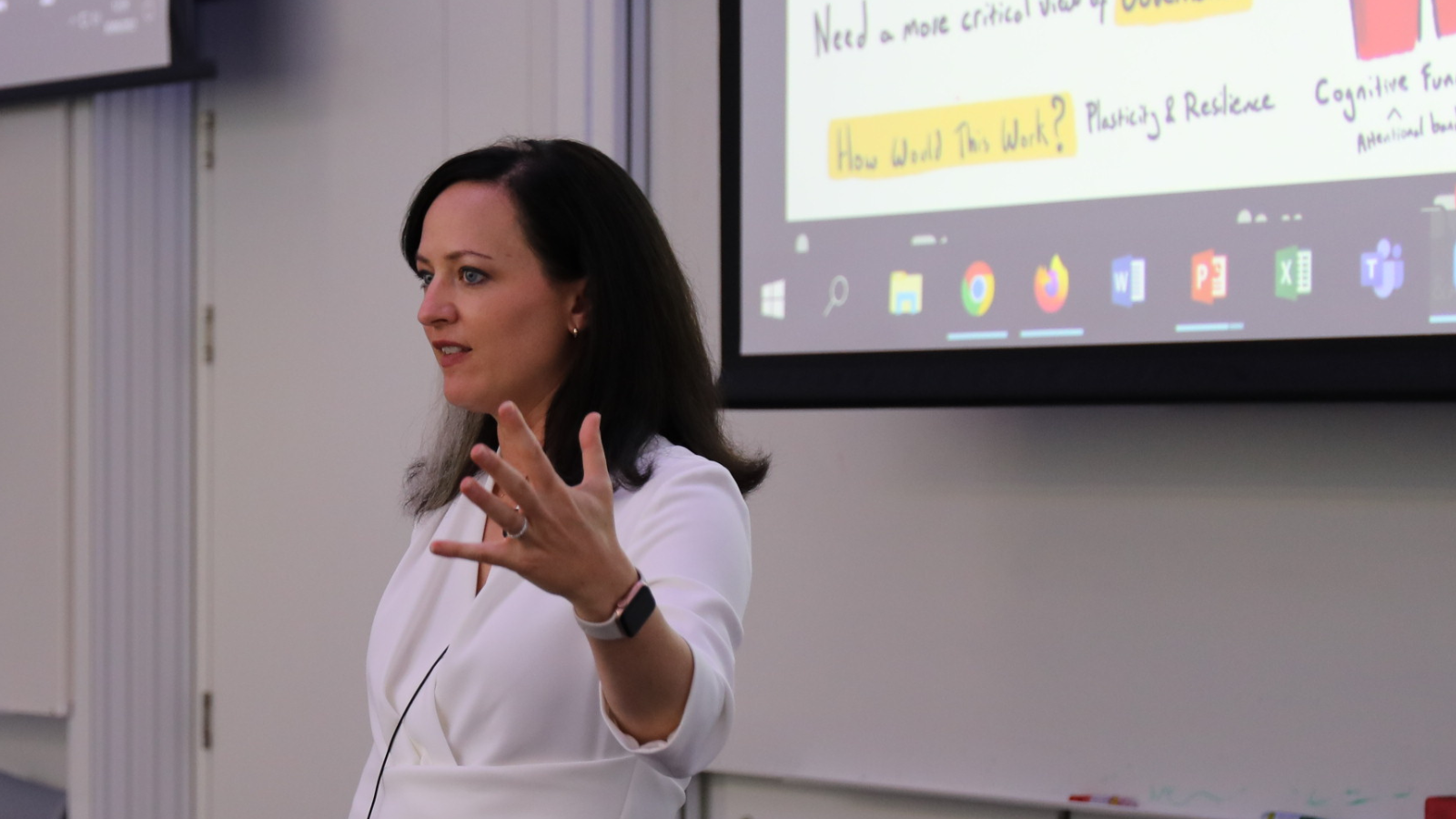
What areas do you think are currently underinvested?
One area I think we do underinvest in is social safety nets and they should be reframed to be thought of as investments in the Collective Cognitive Capital of the people. It is not just that a cash benefit puts food on the table and therefore nutrition in bellies, but it gives back some mental bandwidth to the parent who is concerned and preoccupied with how to pay their bills. The Cognitive Capital energy of that particular person can then be spent interacting with their children in a way that requires attention.
We know that attentional bandwidth is a finite resource – we only have so much of it and can only focus it in certain places. When governments push administrative burdens onto people, rather than designing the systems better, it consumes Cognitive Capital instead of using resources of the government. These burdens fall particularly heavily on marginalised populations.
What needs to be done to move behavioural and brain sciences from basic and clinical research to applied, cooperative programmes directed towards impact in law, society and policy?
Big data research is gaining increasing attention in this area. People are starting to call this ‘population neuroscience’ and taking techniques from epidemiology and focusing less on specific mechanisms and more on phenotype-brain correlations as biomarkers and also outcomes. There is still a massive gap between lab measures of executive function and real-life ability of executive function.
A lot will come down to methods, ecological validity, data sharing, and consortium-type research. Collaboration with social epidemiologists, economists, and a public health type approach to questions about behaviour and cognition. Also, we need to pay attention not just to questions about the extreme, but also questions about normal day-to-day life.
This is ambitious, especially when we have such a mental health and disease burden, but I think this type of research can be thoughtful about how control populations are used for those types of investigations. There are research opportunities in terms of subtle, normal changes in behaviour. It is going to be very hard to do and require a lot of data management. Many of these problems are beyond the scope of my expertise, but I hope to bring people into this idea.
If we can synthesise what we do currently know about the environmental factors that affect brain development, brain plasticity and resilience, then how should we design the world? That’s something that law and policy can do.
What’s the next piece of the puzzle your research is focusing on?
The next couple of pieces are to figure out some use cases – specific examples of where this Collective Cognitive Capital framework would diverge from law and behavioural economics and cost-benefit analyses. The plan is to make these examples concrete enough for those who work in the field.
In addition, I want to identify the areas of brain and behavioural science that can give us those concrete outcomes and try to decide whether this should be an indicator or index measure or a consensus-type expertise meta-analysis models.
I’m also looking to find collaborators to help get this idea taken up and also to hear critiques so we can ultimately determine whether this is something useful.
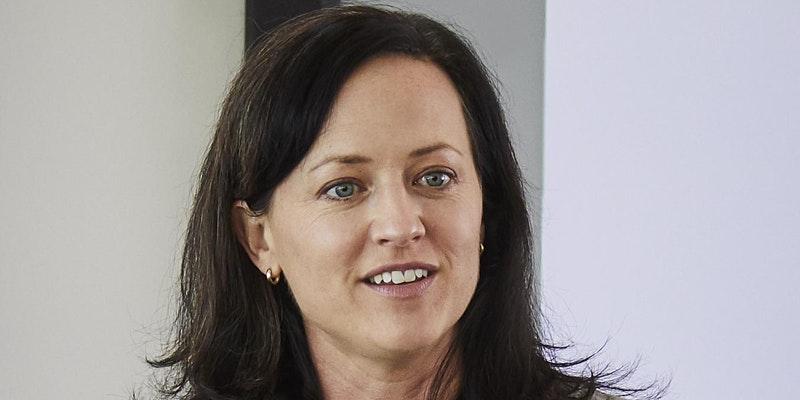
About Professor Emily Murphy
Professor Emily Murphy is an Associate Professor of Law at the University of California Hastings College of the Law in San Francisco. She earned her PhD in behavioral neuroscience from the University of Cambridge (Trinity College) as a Gates Cambridge Scholar, her JD from Stanford Law School, and her undergraduate degree in Psychology/Mind, Brain, Behavior from Harvard University. She teaches law and interdisciplinary behavioral/brain science courses, and she researches and writes about the impact of brain and behavioral science on law and society.
